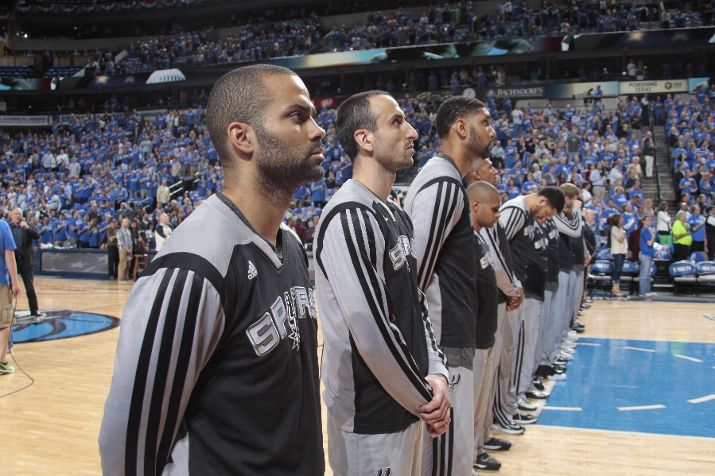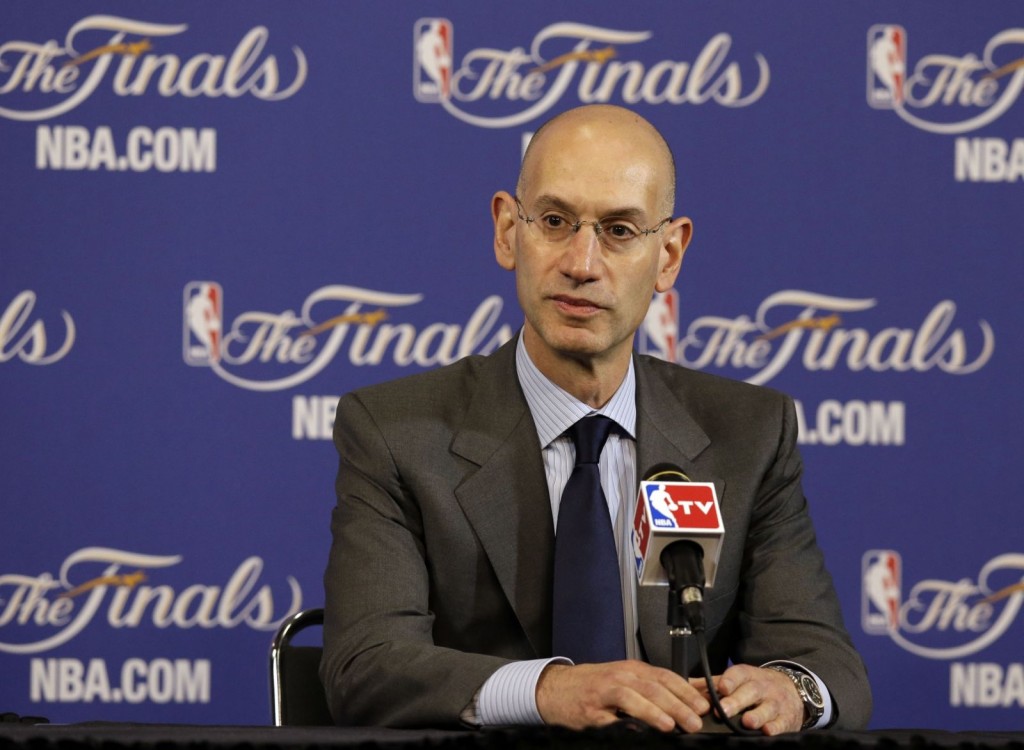On Monday night, Tim Duncan, Manu Ginobili, and Kawhi Leonard sat out as the San Antonio Spurs demolished the pitiful Philadelphia 76ers by a score of 119-68. This past Saturday, LeBron James did not dress as his Cleveland Cavaliers fell to the Miami Heat on the second night of a back to back. None of these players sat because they were injured or unable to play; they sat because their teams decided it was important for the team’s long term success that they rest, even if, in the Cavaliers’ case, it meant sacrificing the game.
Hate it or love it, it has become the norm in the NBA, as teams do whatever they can to make sure their stars can shine until their hearts stop. The movement began back in 2012, when Gregg Popovich, with the Spurs at the end of a ridiculous six-games-in-nine-days-road trip, decided to send Tim Duncan, Tony Parker, Manu Ginobili, and Danny Green home early rather than have them face the Miami Heat. In part because the game was on national TV, in part because it was a marquee matchup, and in part because no one had done that before, the move caused an uproar. Eventually, David Stern fined the Spurs $250,000 for their decision.
Even though the current practice of resting players only started a few years ago, it appears that over the past decade, teams have gradually been getting smarter about not taxing their players too much.
Back in the 2000-01 season, Michael Finley lead the league in minutes per game at 42, and there were 13 players logging over 40 minutes a night. During the 2005-06 season, Allen Iverson played 43.1 minutes per game to lead the league, while nine different players averaged more than 40 minutes a night. And in 2010-11, Monta Ellis was the only player in the league playing more than 40 minutes a night, as he lead the league at 40.3. Since Ellis’ feat five years ago, no one in the league has averaged 40 minutes per game for a whole season.
[table id=4 /]
(Information for chart and graph from ESPN.com/nba/statistics)
Just think about how much chatter there was about the load Tom Thibodeau placed on Luol Deng and the Bulls a few years back. Many people correctly proclaimed that Thibodeau was using his core unit too much. Yet when Luol Deng lead the league in minutes per game during the 2012-13 season (the same season in which the resting movement began), he played 38.7 minutes a night. In 2006, that number would have had him just inside the top 20. That doesn’t mean Thibodeau was right to use him that much, but it shows how much the league has changed over the last 10 years.

Of course there is plenty of context that affects playing time, such as how many blowouts a team plays in, how deep a team is, etc. Still, there can be no denying that across the league, guys are playing a lot less than they used to just a few years ago, and that’s a good thing.
Health of the players, especially the stars, is one of the biggest factors to the league’s success. It hurts the product when marquee players like Kyrie Irving, Anthony Davis, Carmelo Anthony, Dwight Howard, and Paul George, just to name a few, miss extended amounts of time. And seeing as one of the main ways to prevent injuries is rest, it just makes sense that teams will try to give their players as much down time as possible. If it means losing a game or two, and even potentially hurting their playoff seeding, then so be it.
Still, there are those who oppose the practice. For one, there’s the fan dilemma. Some view resting players as problematic when it robs fans, many of whom paid good money to come to the arena, of the opportunity to see star players. Especially when teams most often sit players during road trips, meaning it could be their one and only trip to a certain city. The people of Philadelphia, for example, will have to wait until next year to hopefully see Tim Duncan play.
That is unfortunate, and there is empathy for those fans. However, teams don’t, and shouldn’t, think about hurting fans’ feelings. These franchises are trying to win a championship, and if they think holding players out will give them a greater chance at that title, that’s what they should do. If the league deems this problematic, then it’s on the league to either shorten the season, revamp the schedule, or come up with an alternative idea to try and prevent teams from resting players as often as they do.
Yet while there are still opponents to the resting players movement, it seems most people have, at the very least, become accustomed to the practice. Sure, they might not agree with it, but they understand where championship-caliber teams are coming from. Even the league seems to have realized the strain the 82-game season puts on the players, and has made some small changes, such as lengthening the All-Star break and adding off days during the Finals.
But until the league either decides to reduce the number of games–unlikely–or increase the length of the season, giving more time in between games and reducing the number of back to backs–also unlikely, but slightly more likely–picking the right spot to skip a game or two here or there remains the best way to get some extra rest during the long grind of the season.










